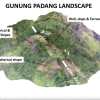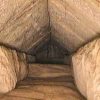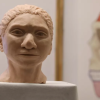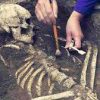Fossil Treasure Trove of Ancient Animals Unearthed in China0
- Ancient Archeology, From Around the Web
- March 26, 2019
The fossils from the Cambrian Period include dozens of new species and provide a window into life more than 500 million years ago

The fossils from the Cambrian Period include dozens of new species and provide a window into life more than 500 million years ago

Tombs contained remains of more than 100 people and vessels used by Incas for performing death rites
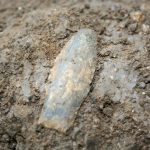
The weapon has archaeologists rethinking America’s earliest settlers.
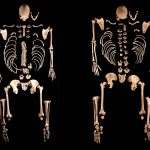
A study of 8,000 years of genetics from Spain and Portugal yields a surprisingly complex picture of the inhabitants’ ancestry.
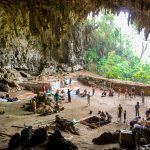
An abundance of rodent remains adds new clues to the fate of the tiny human relative Homo floresiensis on the Indonesian island of Flores.
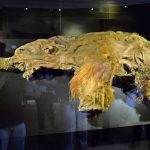
Scientists in Japan have “awakened” 28,000-year-old cells from a woolly mammoth that lived on our planet years ago, and their observations could provide a better understanding of extinct animals’ lives.
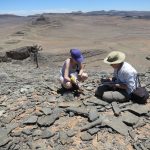
Scientists are rethinking a major milestone in animal evolution, after gaining fresh insights into how life on Earth diversified millions of years ago.
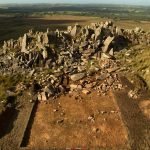
Geologists and archaeologists have long known that the builders of Stonehenge made use of two main types of stone: a silcrete, known as ‘sarsen,’ was used for the large trilithons, sarsen circle and other monoliths, and a variety of ‘bluestones’ — used for the smaller standing stones — were erected in an inner ‘horseshoe’ and an outer circle. Two ancient quarries in the Preseli hills of west Wales — Carn Goedog and Craig Rhos-y-felin — have now been excavated to reveal evidence of megalith quarrying around 3000 BC — the same period as the first stage of the construction of Stonehenge.
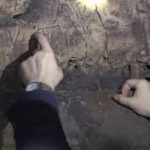
In what sounds like the opening scene of a horror movie, British cave enthusiasts have discovered hundreds of centuries-old protective marks and ritualistic drawings designed to capture, trap and repel evil forces.
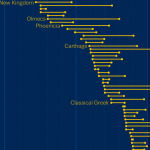
In the graphic below, the University of Cambridge’s Luke Kemp compiled a list of civilisations to compare how long they lasted.
